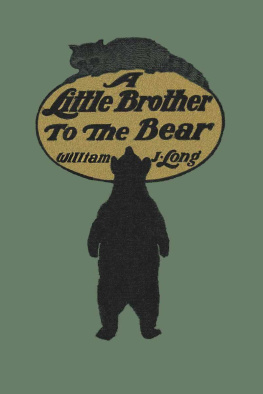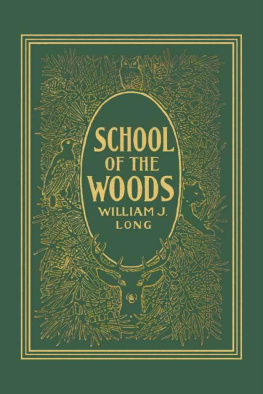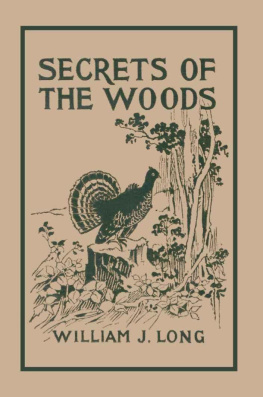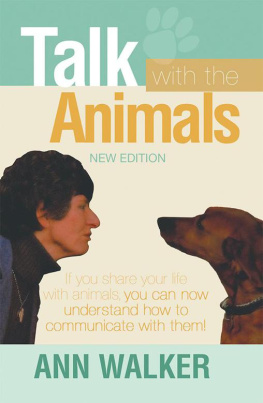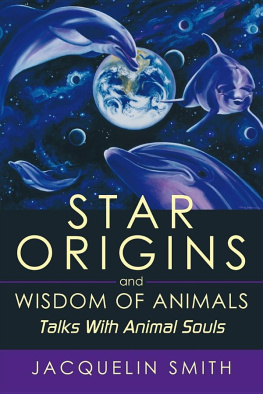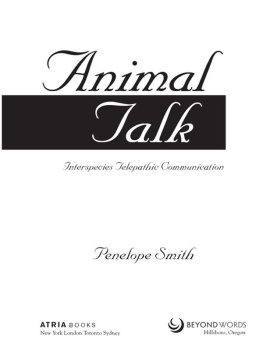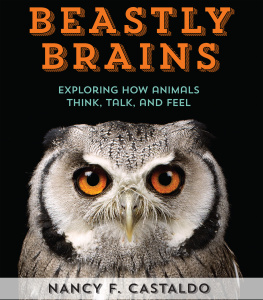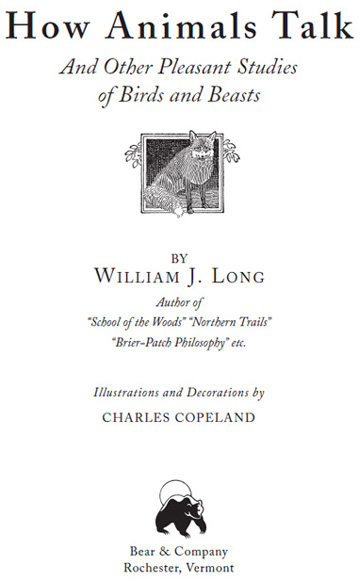
Foreword
BY
RUPERT SHELDRAKE
W HEN I first read this book, it not only inspired me, but it changed me. It made me realize that unexplained abilities like telepathy and the sense of being stared at are widespread in the animal kingdom. When they occur in people, they are often called "paranormal," literally meaning beyond the normal, or they are treated as weird or spooky, or simply dismissed as illusions. Reading this book convinced me that they are normal, not paranormal, and are part of our biological nature.
Jill Puree, later my wife, gave this book to me in 1983, having found it in a secondhand bookshop in Holt, a small town in Norfolk. She thought it would interest me, and she was right. I read it with increasing fascination. I had never heard of William Long and had no idea that any naturalist had studied telepathy and other related powers of animals, let alone in such an interesting way. The topics Long explored were taboo among scientists when this book was first published in 1919, and the taboo persisted throughout the twentieth century. Long was a great pioneer.
This book is not only rich in implications for further research, it is a delight to read. Long writes as a naturalist and as a lover of nature. His style is characteristically American, in the tradition of Henry David Thoreau. American writing about nature has a different quality from anything in Europe. The American experience is so much closer to wilderness. European landscapes have been altered over millennia by agriculture and by the grazing of herds of domesticated animals. But in most of North America the native inhabitants were hunters and gatherers, not agriculturalists, and their relationship to wild animals and plants was very different from that of Europeans; they lived with them; they shared their world with other species. They were not proprietors, developers, and real estate dealers. Long was directly connected to Native American traditions through his Indian guides, one of whom was called Simmo, of whom he wrote, "Where Emerson gives you a mystical word or a bare assertion which he cannot possibly prove, Simmo has a disconcerting way of establishing a challenged doctrine by a concrete and undeniable fact" (p. 6566).
How Animals Talk is really three books in one. The first part includes a pioneering study of animal communication, and of telepathy in particular. The second, "How to Know the Wood Folk" (chapters 79), is about what happens when we learn to keep still, and includes a remarkable discussion of the feeling of being watched. The third part, "My Pond: A Symphony of the Woods" (chapters 1015), is a delightful account of one of Long's favorite secret places, where he spent many hours alone.
In How Animals Talk Long shows how telepathic abilities are not confined to wild animals, but are also present in the animals we know best, our domesticated companions. In particular, he describes how his dog Don knew when he was coming home (chapter 4); and his account of another return-anticipating dog, Watch, is a pioneering study of this phenomenon. When I read these passages, I was already intrigued by the ability of dogs and cats to know when their owners were returning. Long's observations encouraged me to start investigating this subject myself In my book Seven Experiments that Could Change the World ), I proposed experiments to see if dogs really can tell when their owners are coming home through some kind of telepathy. In these tests, the person comes home at a non-routine time in an unfamiliar vehicle, so that explanations in terms of routine and familiar car sounds can be eliminated. I carried out many such tests myself, and investigated many return-anticipating animals, including cats, horses, and parrots. I summarize the evidence from more than 1,000 case histories of return-anticipating pets and more than 100 videotaped experiments with dogs in my book Dogs That Know When Their Owners Are Coming Home, And Other Unexplained Powers of Animals (1999). My findings agree with Long's.
Another of my seven experiments concerned the sense of being stared at, the natural history of which Long explores in chapters 7 and 8 of How Animals Talk. By means of controlled experiments, dozens of investigators have now confirmed the existence of this sense in humans, and surveys show that a large majority of the population have experienced this phenomenon themselves. Many people have also experienced the sense of being watched by animals. I summarize recent research on this subject in my book The Senseof Being Stared At: And Other Aspectsof the Extended Mind (2003). Again, this research agrees with what Long found so many years before.
William Joseph Long was born in North Attleboro, Massachusetts, in 1866, of Irish parentage, descended on his mother's side from Edmund Burke, the political philosopher. He was educated at Harvard and Andover theological seminary, and he took a Ph.D. in theology at Heidelberg, Germany. He also studied in Rome and at the University of Paris. He was an ordained minister in the Congregational Church and in the 1890s became prominent as a liberal theologian. He lived in Stamford, Connecticut, and spent his vacations camping, canoeing, exploring, and salmon fishing. These experiences formed the basis for his writings as a naturalist, and in addition to How Animals Talk, he wrote a number of other books, including School of the Woods: Some Lift Studies of Animal Instinct and Animal Training (1902), Northern Trails (1905), and Mother Nature: A Studyof Animal Lift and Death (1922).
In the early twentieth century, there were two main schools of writing about nature, the naturalists and the hunters. At the end of the first edition of How Animals Talk there are advertisements for hunting books from the same publishers including Hunting At High Altitudes, which describes how a Colonel Pickett "is believed to have killed no less than seventy-eight full grown grizzlies," and all in a single hunting season. A book by Theodore Roosevelt called Good Hunting is commended as standing for "sturdy manliness," while another of Roosevelt's books describes "hunting in East Africa and the Gulf of Cortes; Canadian moose-hunt; wolf-hunting in Russia; deer-hunting in the Sierras; big game in Mongolia and Tibet."
Roosevelt was annoyed by the writings of naturalists such as Long, who generally adopted what we would now call an ecological approach, and was particularly offended by the influence they had on children and on their attitude toward nature. In 1907, while president of the United States, Roosevelt launched an attack on Long and his fellow nature-writers. In the ensuing uproar, the president was condemned in the press for attacking private citizens from the White House, and cartoonists depicted wildlife fleeing before a menacing president, armed to his prominent teeth. Long himself wrote one of the most devastating counterattacks, printed in newspapers throughout the nation: "Who is he [Roosevelt] to write, 'I don't believe that some of these nature-writers know the heart of wild things?' I find that after carefully reading two of his big books that every time he gets near to the heart of a wild thing he invariably puts a bullet through it."
In spite of his revulsion for the destructive effects of modern man, Long made a clear distinction between nature's ways and human feelings. For example, in the chapter entitled "The Trail," he reflects on the impact of loggers: "Noble maples or cedars that were centuries growing have been slashed down, dismembered, thrust aside to decay, and all because they stood in the way of a lumber-boss who thought only of getting his cut of spruce down to the lake. To look upon such tress, dead and shorn of their beauty, is to feel pity or indignation; but Nature does not share your feeling, being too abundant of life and resource to waste any moment in regret. Already she is up building what man has torn down. Glaring ax-wounds have all disappeared under bandages of living moss; every fallen log has hidden its loss under a mantle of lichen, soft and gray, which speaks not of death but of life renewed" (p. 218-19).
Next page

